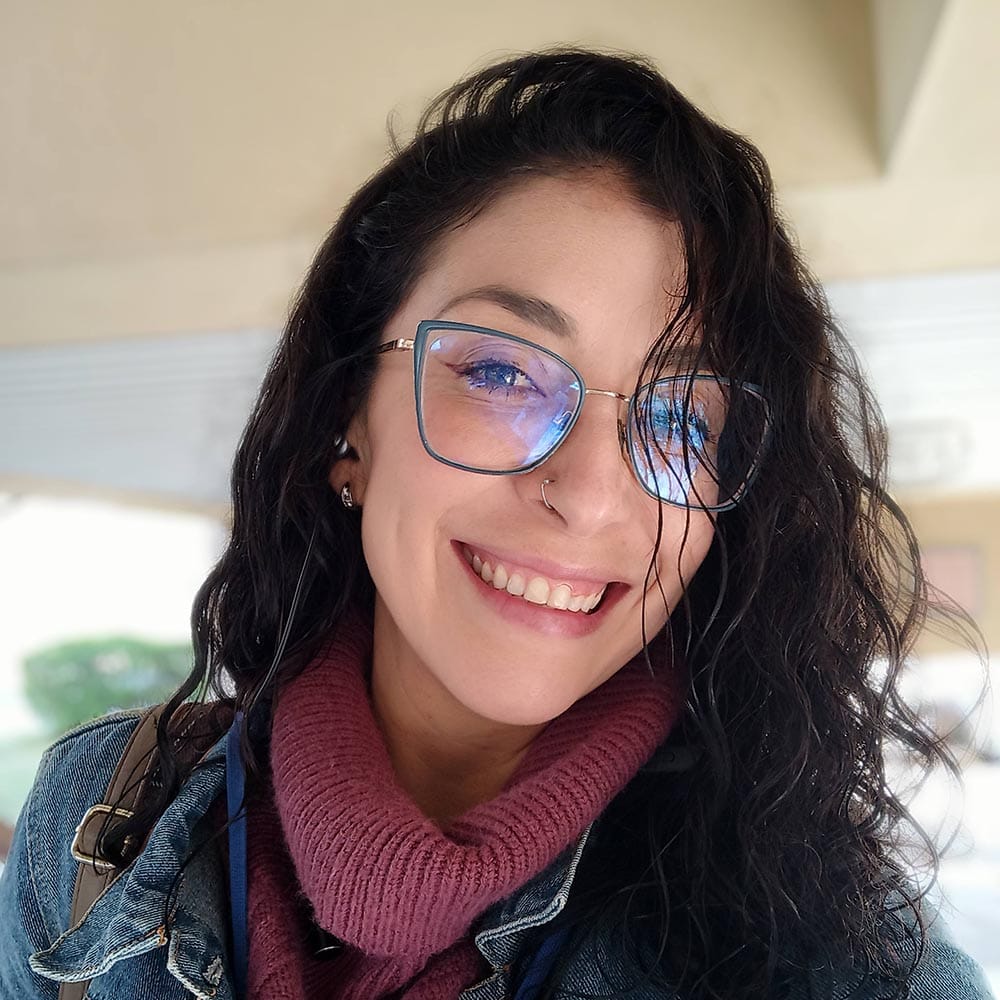The immune system is both incredibly complex and fascinating. Most people know about the immune system (IS) due its protective functions against infectious agents and its role as the target of vaccines.
However, things can also go wrong and sometimes the defense system attacks the body. That is the case of auto-immune diseases (AD), the major focus of Dr. Mara Llamas’ work.
“What causes the immune system to attack our own organs is not completely understood yet. I started my research journey in Guadalajara, Mexico; as a university student, I became fascinated with the IS and decided to pursue a Ph.D. degree, I wanted to know more about it, and I wanted this knowledge to be helpful to people.”
“I graduated with a Ph.D. in 2012 and started working at Universidad de Guadalajara. But I was still hungry for more knowledge. In 2018, I got a scholarship from the Mexican government to perform a postdoctoral stay at the Department of Genome Informatics in the Research Institute for Microbial Diseases (RIMD) in Osaka University.
I started my research journey in Guadalajara, Mexico; as a university student, I became fascinated with the IS and decided to pursue a Ph.D. degree, I wanted to know more about it, and I wanted this knowledge to be helpful to people.
Dr. Mara Llamas
“Eighteen months later, I was hired as specially-appointed assistant professor at Osaka University and later, by the National Institutes of Biomedical Innovation, Health and Nutrition (NIBIOHN). At the time I started my postdoctoral stay, the scientific community was captivated by the recent development the single-cell RNA sequencing technology. In general terms, the great novelty about this technology is that it allows researchers to study cells at the individual level and at a depth that was not possible before. Among the many cells of the IS, I have always been interested in T cells, as they are a homogeneous, yet functionally diverse group of cells.”
“T cells have an exquisite ability to distinguish self-proteins, from microbial proteins and they are able to do so thanks to the existence of T cell receptors (TCRs) which are at the same time highly-diverse and very specific. When TCRs are able to recognize and react against self-proteins (and the microenvironment is not sufficiently controlled) AD can occur.”
“My research at Osaka University focused on the identification of self-reactive T cells and their receptors in a mouse model of AD, by using single-cell sequencing and appropriate data analysis methods, including the recently popular machine learning tools.”
“Understanding the features and the self-proteins that these receptors target would be a major breakthrough that can impact the treatment and quality of life of people suffering from AD. We discovered a group of potentially self-reactive cells with unique features in their TCRs, suggesting that they might be responsible for the recognition of self-proteins and the triggering of AD2.”
“We are currently pursuing a deeper analysis of this group of cells with the aim to uncover what are the self-components that induce their activation, and how can we prevent or suppress it. I plan to collaborate with Mexican researchers in the field. In the middle of my postdoctoral stay, the COVID-19 pandemic occurred and I was contacted by a colleague from Centro de Investigacion en Alimentacion y Desarrollo (CIAD), in Mexico.”
My research at Osaka University focused on the identification of self-reactive T cells and their receptors in a mouse model of AD, by using single-cell sequencing and appropriate data analysis methods, including the recently popular machine learning tools.
“His group was interested in conducting an analysis of antibodies obtained from convalescent COVID-19 patients in Mexico and they wanted to apply the single-cell sequencing technology. However, as they did not have the experimental and data analysis expertise yet, we performed collaborative research that led to the discovery of an antibody with a remarkable potency and broad reactivity against SARS-CoV-2 variants, including the variants of concern at the time.”
“Later, a Ph.D. student from that lab performed a research stay at NIBIOHN under my supervision and learned more about single-cell sequencing and data analysis. I am very thankful to Osaka University as well as NIBIOHN for opening its doors to me and to the Mexican government as well, for funding my postdoctoral stay.”
“And although it has not been an easy journey, experiences like mine are very productive in strengthening the scientific bonds between Mexico and Japan. And I am very sure that those bonds will continue expanding in the future with great benefits on both sides.”






